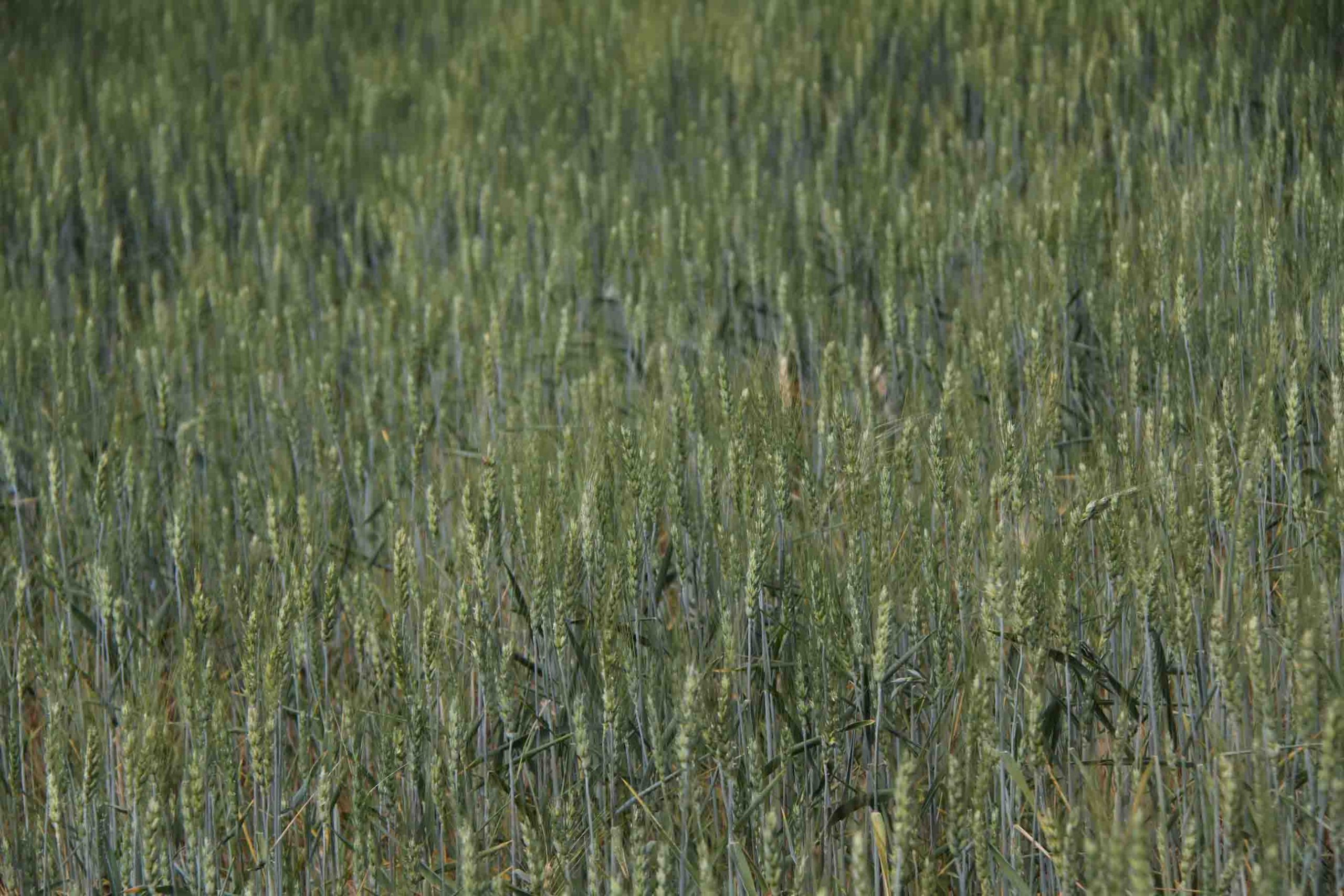
Agronomists are advocating for conservation agriculture (CA) and growing of crop varieties to improve crop yields.
BY TATIRA ZWINOIRA
The specialists said this would boost commercial farming on a large scale and CA in particular would improve long-term environmental and financial sustainability in farming.
The adoption of conservation agriculture (CA) and crop varieties will see yields increase by between 30 to 60%, leading to huge savings in crop production, agronomists said.
CA is a set of soil management practices that minimise the disruption of the soil’s structure, composition and natural biodiversity.
The practice of CA has become famous in other parts of the world, most notably Brazil where it has proven to improve crop yields significantly.
The International Maize and Wheat Improvement Centre (Cimmyt) agronomists confirmed this to Standardbusiness last week.
“Basically, the point is that conservation agriculture is helping us save resources in terms of water, the energy that you use to get a crop in, and nutrients. That effectively comes down to costs,” Cimmyt agronomist Isaiah Nyagumbo said.
- Chamisa under fire over US$120K donation
- Mavhunga puts DeMbare into Chibuku quarterfinals
- Pension funds bet on Cabora Bassa oilfields
- Councils defy govt fire tender directive
Keep Reading
CA systems include direct seeding, cross breeding maize for more drought resistant varieties, growing legumes and maize simultaneously to minimise weeds.
In terms of crop varieties, research by Cimmyt showed that growing crop varieties could increase yields by an average of 675kg per hectare and provide $368 in extra income.
Further studies showed savings of between 30% and 40% could be made with conservation agriculture. This means that at an average cost of $1 500 per hectare for maize or wheat, a farmer could save between $450 and $600 respectively.
Cimmyt agronomist Christian Thierfelder said the slow uptake by commercial farmers of conservation agriculture systems had to do with farmers fearing crop losses if they changed their routine.
As such, he said farmers had to be mindful that these practices were more of a long-term growth and not short-term.
“In Brazil, in the last 40 to 50 years, they have doubled their yields in cereals and legumes while halving the amount of fertilisers they have applied so it is not a short-term solution for the many problems. Local farmers have mainly adopted CA systems for commercial farms and the reason for that is you reduce fuel [consumption] from 56 litres per hectare to six or seven litres with direct seeding,” he said.
“The short-term buy-in point for farmers would probably be that they need less labour to plant or use fewer herbicides. But, in the long-term, there is a proactive approach with increments in yields as a result of reduced input costs.”
He said the only disadvantage of CA systems was that they worked best during drought and high temperatures and not heavy rainfall.
Thierfelder and Nyagumbo warned that timing in planting seed was an important part of the process of adapting CA systems to increase crop yields.
For example, this year’s early crop production forecasts for maize pointed to a strong rebound from last year’s reduced output.
According to the Food Agriculture Organisation (FAO), an increase in the area planted under maize, estimated at a near-average level of 1,2 million ha, is also anticipated to contribute to a larger output in 2017.
However, although the above-average cumulative rainfall volumes since October 2016 have benefitted crop and pasture development, heavy rains have also resulted in localised flooding, causing crop losses, while waterlogging is likely to constrain yield potentials in the affected areas.
Thierfelder said if commercial farmers adopted CA systems at the right time, they would have higher yields and be able to mitigate heavy rainfall.
Calls for Zimbabwe’s commercial farmers to adopt CA systems come at a time when FAO reported in March that Zimbabwe needed an estimated 1 million tonnes of cereal maize.
At the end of January 2017 Zimbabwe had imported approximately 700 000 tonnes of maize, the bulk of which came from Mexico, South Africa and Zambia.
The importation of maize is on the back of the disastrous 2015/16 agricultural season which was hit hard by the El Nino-induced drought.
The importation of maize was despite Zimbabwe having 16 million hectares of agricultural land, according to the African Centre of Biodiversity.
Cimmyt country director, Cosmos Magorokosho said there were many aspects of conservation farming, which could also be extended to smallholder farmers.
“We think that one of the biggest benefits not just for commercial farming but also for smallholder farmers is when they combine agriculture conservation best practices with improved drought and heat-tolerant maize. That way, they can take advantage of two technologies at the same time,” he said.
“When we combine the two, we actually see that we get a double benefit to the farmers.”
Commercial Farmers’ Union acting CEO Ben Gilpen said CA systems were practised in the 1970s through to the 90’s.
“Conservation basically changes the way we manage our soils so that we minimise soil loss and we maximise water retention. The big advantage of maximising water retention is that in the past when we had dry seasons between rainfalls it meant that the soil did not moist for long,” he said.
“With CA, the moisture soaks into the soil profile and therefore you have a much more resilient crop. So effectively this means that the rainfall is contained more in the soil than when conventional tillage is used.”











